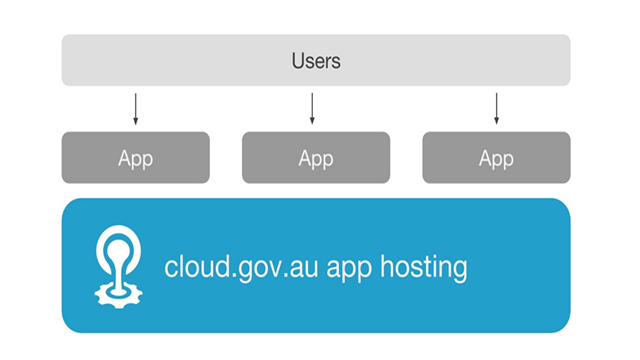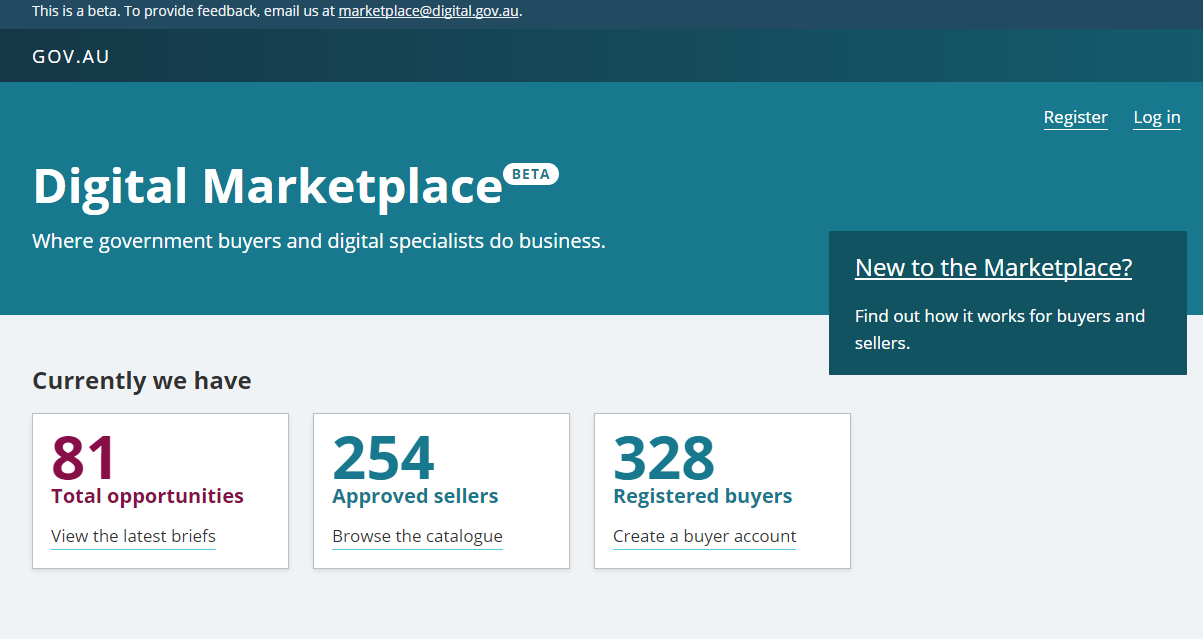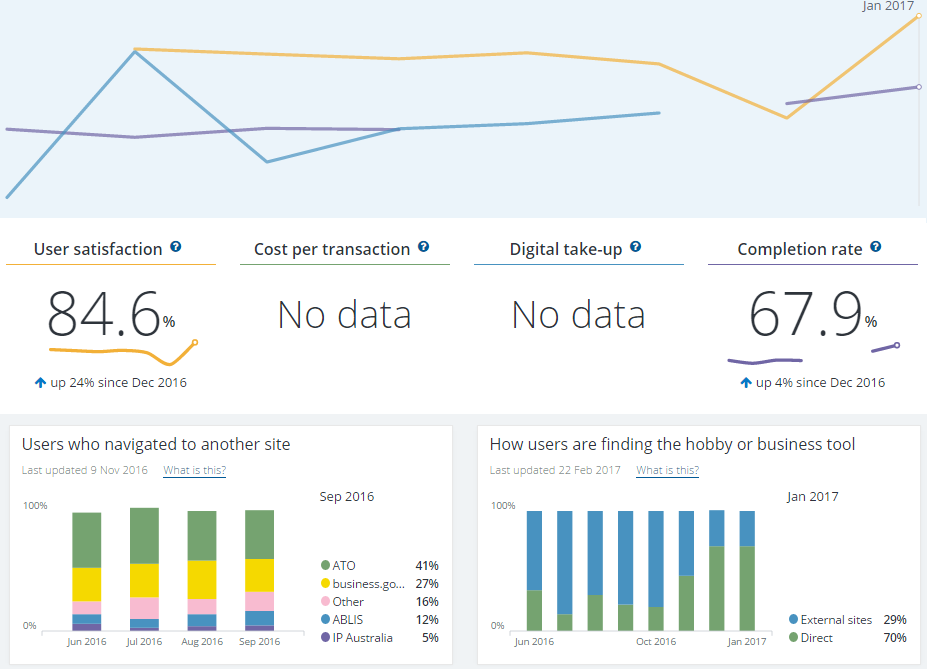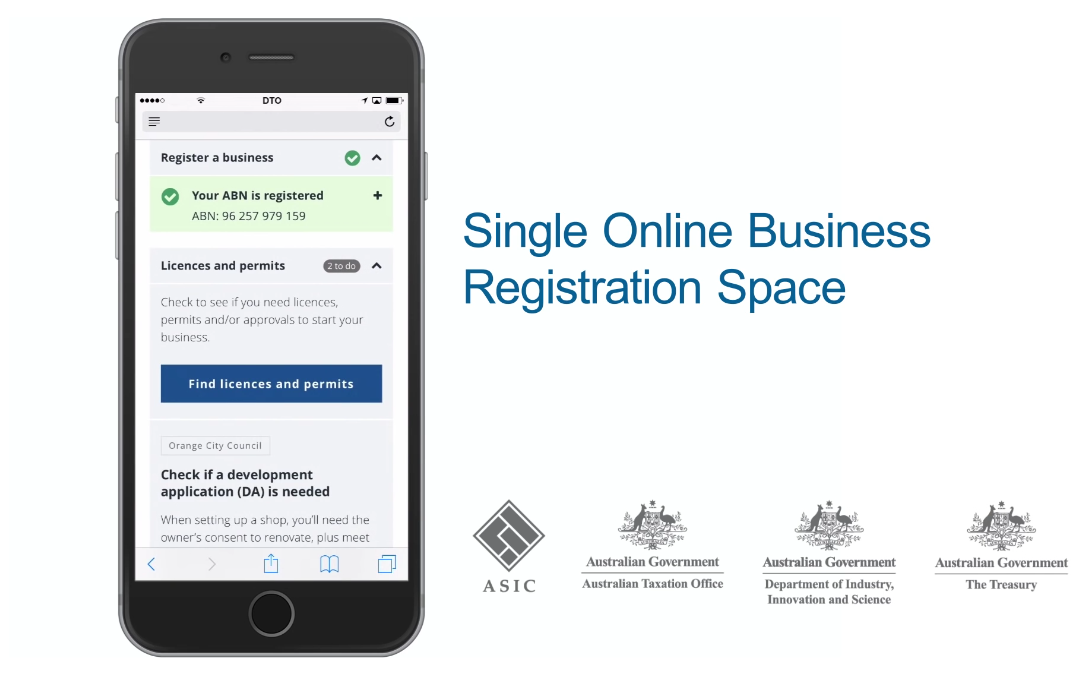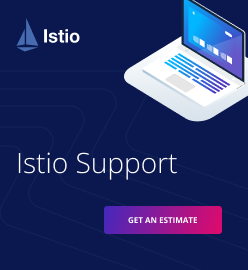Australian Government Goes Digital with Cloud Foundry
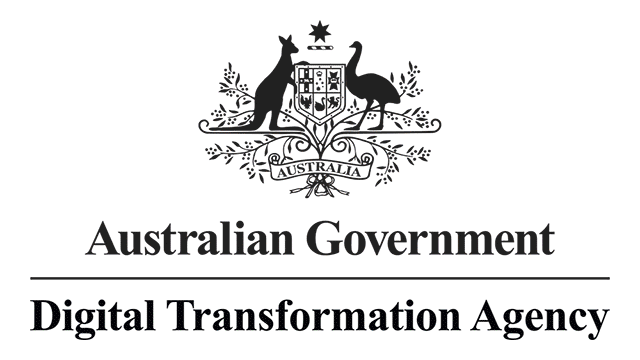
Simplify and accelerate delivery of digital services, introducing a standardized approach across government offices.
So far, the Digital Transformation Agency (DTA) has such services as Citizenship Appointments, Digital Marketplace, Performance Dashboards, etc. In addition, the agency developed a gov.au prototype to facilitate user-government interactions in a variety of official procedures. In October 2016, DTA already had 37 apps in production and 225 apps in development.
- Make sure a unit of delivery is a minimum viable product
- Organize delivery teams to meet Jeff Bezos’ two-pizza-size rule.
- Release and ask for feedback as frequently as practicable to understand whether you are moving in the right direction.
- Incremental and continuous deployment, combined with usability testing, are key in speeding up the delivery of services.
- Enable security through detection rather than prevention, using the PaaS capabilities.
Circle CI, Jenkins CI, Greylog, Jekyll, Ruby on Rails, Django (Python), Node.js, MySQL, PostgreSQL, Redis
DTA is an executive authority subordinate to Australia's Prime Minister and Cabinet. The agency assists the Australian government in guiding, overseeing, and driving its digital transformation and information and communications technology (ICT) agendas.
DTA has grown from the Australian Government Information Management Office (AGIMO) of the Finance Department. For now, the agency has established two delivery hubs—one in Canberra and the other in Sidney—and adopted the Digital Service Standard.
Background
In January 2011, the Australian government released an open-source software policy, thus virtually withdrawing from the position of informed neutrality towards stimulating use of open source. About the same time, the country’s IT Industry Innovation Council started to explore the potential of cloud computing innovations.
It was also in 2011 that the Australian authorities first started to evaluate Cloud Foundry. The ACMA report (November 2011) mentions Cloud Foundry as a PaaS that eliminates the need for developers “to be concerned with the underlying infrastructure, as all services they required are facilitated from within the cloud.” (Note that Cloud Foundry—as we know it today—was released on April 12, 2011.)
Approved in October 2014, the Cloud Computing Policy demanded that government agencies must adopt cloud where it is “fit for purpose, provides adequate protection of data, and delivers value for money.”
Finally, the Digital Transformation Agency, created in 2015, was charged with the task of transforming the way government delivers services, while focusing on user needs and modernizing the technical side of the process. The transformation was driven by the need to minimize bureaucracy and to make online interactions more transparent and understandable to both users and involved intermediaries.
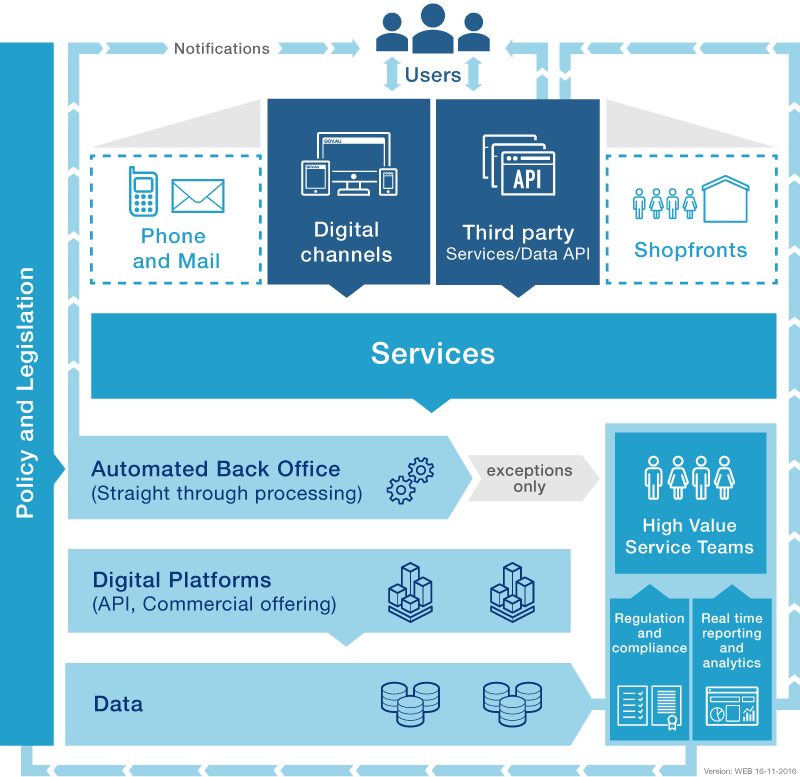 Transformed government interactions with users and third-party services (Image credit)
Transformed government interactions with users and third-party services (Image credit)With focus on open source and a standardized technology stack, DTA set off with the following services: Citizenship Appointments, Import permits, Digital Marketplace, and Performance Dashboards.
Cloud Foundry at the core of transformation
Speaking at the Cloud Foundry Summit 2016 in Santa Clara, , then Head of Development at DTA, highlighted the challenges agency faced while making the transformation work:
- Managing multiple websites of local agencies, their number at present exceeding 1,500
- Simplifying and accelerating deployment of applications, while reducing downtime to zero
- Forming a standardized delivery approach to coordinate development efforts across the entire government.
To address the challenges, DTA delivered the cloud.gov.au platform, using Cloud Foundry as its PaaS of choice.
“The whole idea with cloud.gov.au is that we’re trying to make it easy for the teams to be able to run, test, and measure the applications that make a service up.”
—Lindsay Holmwood, DTA
In addition to hosting applications and storing databases, the cloud.gov.au platform helped DTA to enable continious delivery/deployment (CD). The CD pipeline is now the only way for delivery teams to push changes into production, which seems to be the right solution to the standardization issue.
“The key point here is about defining very clear interfaces and not dictating implementation to the team that is actually building those services.”
—Lindsay Holmwood, DTA
To build the CD pipeline, DTA started off with a cheap open-source SaaS—Jenkins CI. However, it turned out the tool requires a lot of manual configuration and is not quite up to the agency’s needs. Therefore, DTA began looking for a more specific SaaS and is now moving to Circle CI.
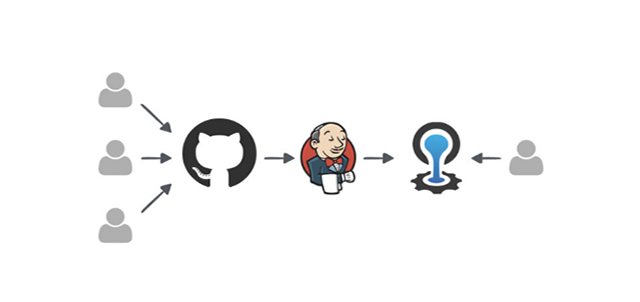 Delivery pipeline (Image credit)
Delivery pipeline (Image credit)Moreover, using Cloud Foundry gives DTA access to a pool of resources that have already been created under other projects for government agencies (18F, GDS, etc.), thus saving a lot of time and efforts.
Achievements on the way of transformation
With the cloud capabilities and best practices at their disposal, DTA can already boast of success stories in transforming user-government interactions:
- Citizenship appointments. The service is operated by the Australian Department of Immigration and Border Protection (DIBP) and enables users to track and change their appointments for citizenship interviews. Users can schedule appointments online in just two minutes and 30 seconds. Prior to this, they had to set appointments by phone, which could take as long as 92 minutes.
- Permit service. It simplifies management of import permits, collecting relevant information about different types of goods from multiple sources into one place. This helps to substantially reduce the amount of manual verifications performed by government officers.
- Digital Marketplace. Now at 250+ approved sellers and 320+ registered buyers (as of February 28, 2017), the service has made it possible to digitalize the government procurement process. It gives users access to metrics and other information about buyers, sellers, and procurement activities across multiple departments within the government
- Performance Dashboards. The dashboards visualize key performance indicators (KPI) for all digital government services functioning in beta versions. The KPIs include user satisfaction, cost per transaction, adoption rate of digital services, and completion rate.
In addition, DTA developed an alpha prototype of the gov.au integrated solution that syncs up services and information from websites of particular government offices to aid users in interactions with the offices.
In addition, Cloud Foundry has contributed to achieving the following:
- Delivery teams are now able to build services faster and easier. In July 2016, DTA had 14 apps in production and 50 apps in development. In October 2016, the numbers increased to 37 apps in production and 225 apps in development.
- The agency managed to release a beta version of its Digital Marketplace service five month ahead of schedule.
- With Greylog used a logging tool, developers can now get valuable insights into how the delivered services (apps) work, while providing “traceability throughout the entire stack.” The tool also helps with debugging and troubleshooting, as well as security, event, and incident management.
- The platform features impressive self-healing capabilities. According to Lindsay Holmwood, time to detection is 4 minutes, time to recovery is 12 minutes, and no human intervention is required in case of an outage.
Lessons learned
Delivering government services, DTA has learnt some important lessons:
- Use ready-made solutions and ideas whenever possible since it helps to accelerate delivery.
- Ensure early and frequent releases and iterate assessments to be able to get proper feedback and adjust your work accordingly.
- Focus on delivery of services with the highest impact on users, while making sure to put more emphasis on technical activities. A unit of delivery should be a minimum viable product.
- Organize work in small teams, built to Jeff Bezos’ two-pizza-size rule. The teams should comprise diverse specialists, both technical and non-technical.
- Enable incremental and continuous deployment and usability testing.
- Prevention is not the best way to protect your system, while detection might be the key to security. In this respect, PaaS offers ample capabilities for logging, checking, and alerting across applications that underlie the services.
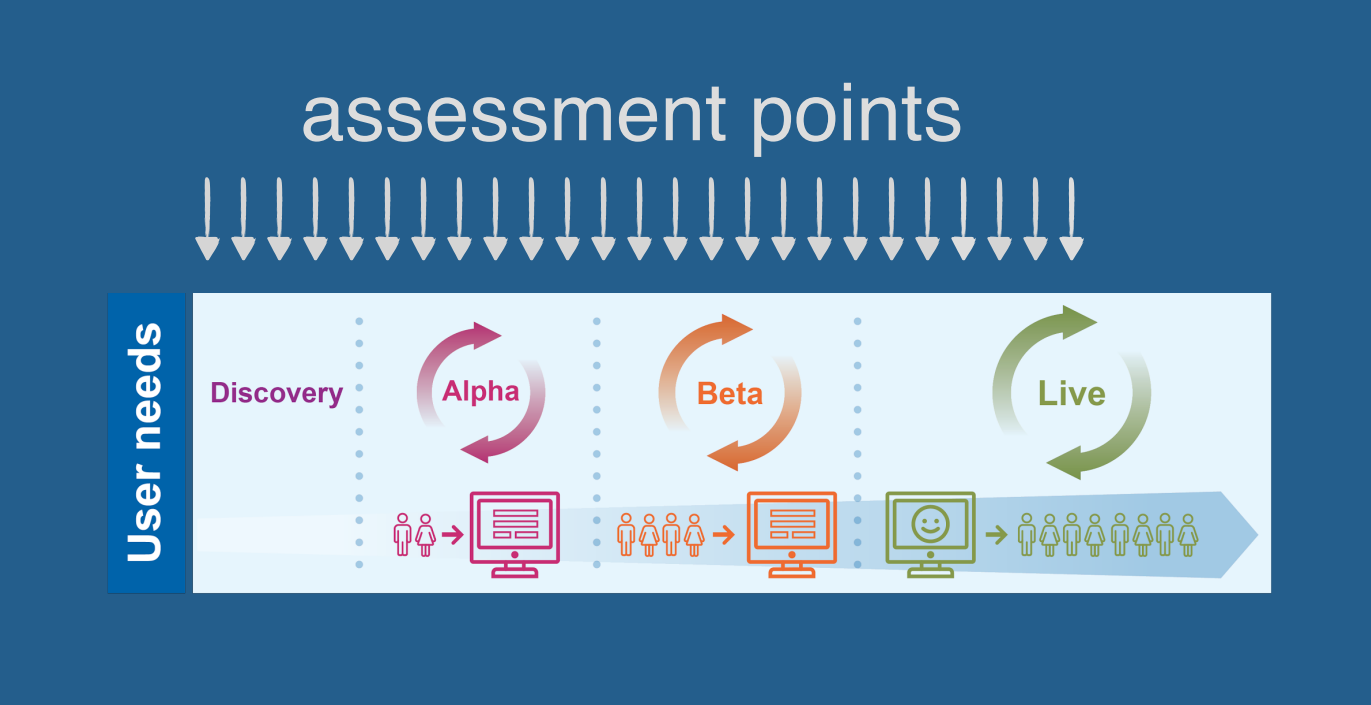 Assessment points (Image credit)
Assessment points (Image credit)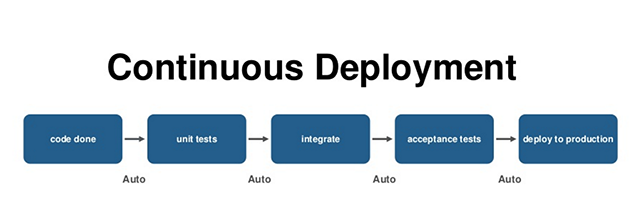 Continuous Deployment at DTA (Image credit)
Continuous Deployment at DTA (Image credit)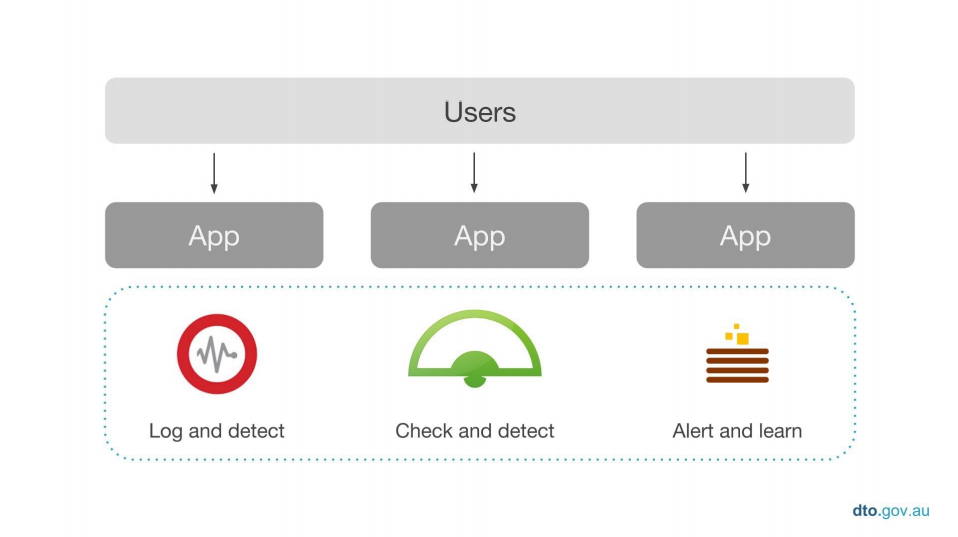 Logging, Detecting, and Alerting at DTA (Image credit)
Logging, Detecting, and Alerting at DTA (Image credit)
What’s next?
With a number of services already delivered in beta, DTA continues its travel down the road of digital transformation. Another important issue to address in the near future is establishing a digital identity. An alpha prototype of the solution is being built now to enable users to verify their identities while accessing government services online.
DTA has also adopted the Trusted Identity Framework that outlines a set of principles and standards to define a unified approach to establishing identities across government. The document is believed to aid in accelerating the development process and encouraging collaboration between government departments.
Below is the roadmap that captures the milestones of DTA’s mission—changing the way government delivers its services to bring it closer to users.
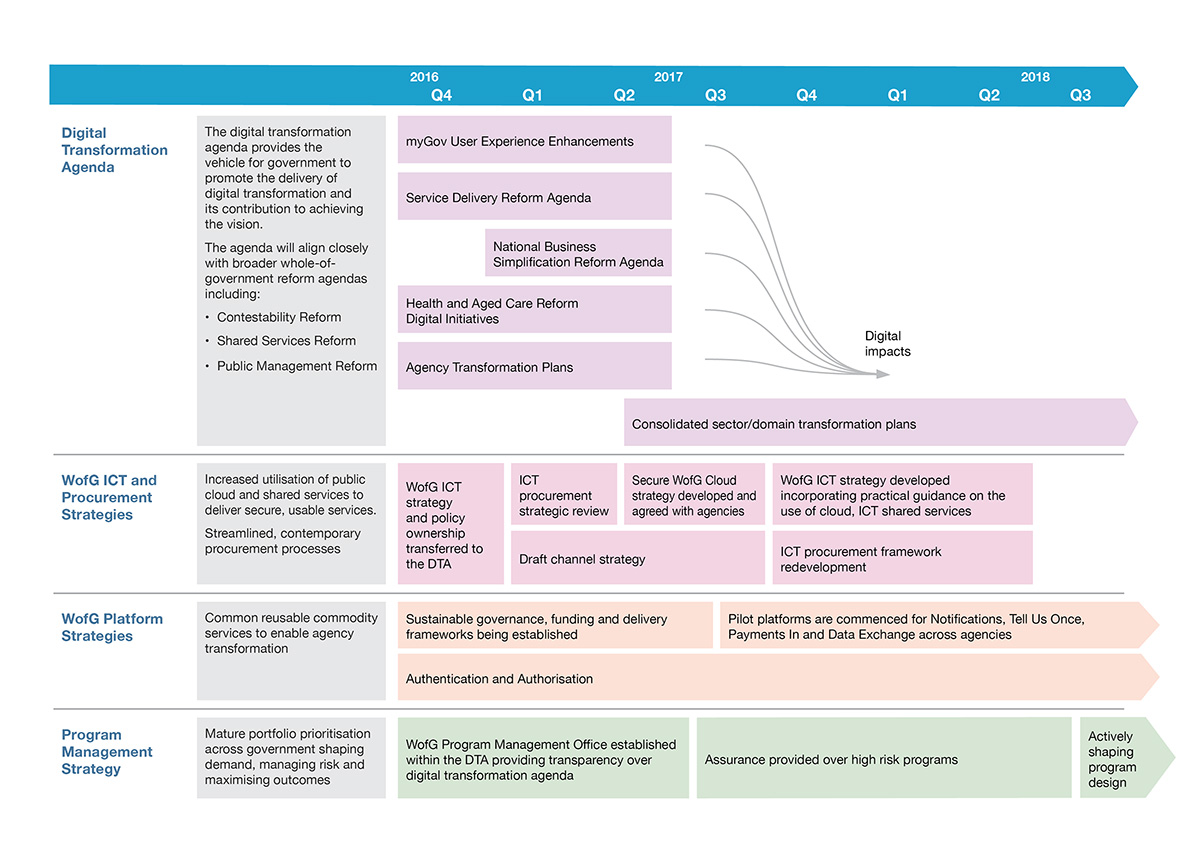 Digital transformation roadmap (Image credit)
Digital transformation roadmap (Image credit)Some of the milestones are already behind, with a tangible outcome:
- child care attendance reporting
- access to community-based and outpatient healthcare services
- retirement planning
- medicare newborn enrollment
Yet, there’s a lot of work in progress and to be done in the future in terms of transforming government procurement interactions.
For more details about services in delivery, view this project list.
Want details? Watch the video!
Table of contents
|
Related video
Related slides
Related reading
- The Dutch Gov Delivers an Alert System on Cloud Foundry in 7 Months
- South Korea Adopts Cloud Foundry as Its PaaS
- GSA Cuts App Deployment from 14 Months to 2–3 Days with Cloud Foundry
About the speaker
Lindsay Holmwood is a long-time contributor to the open-source and DevOps communities. Until recently, he was Head of Development at the Australian Government’s Digital Transformation Agency. Mr. Holmwood authored such projects as cucumber-nagios, Visage, and Flapjack and has run the Sydney DevOps meetup for the past six years. Lindsay speaks internationally about both the cultural and technical side of DevOps, covering Just Culture, complexity, cognitive biases, and monitoring tools. He also won third place at the 1996 Sydney Royal Easter Show LEGO building competition.



